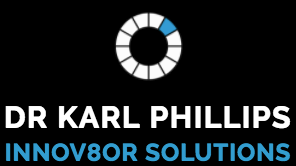Skill
Skill
The thought process of selecting a logical choice from available options, weighting the positives and negatives of each options, considering the alternatives and impacts of each. This includes the skills to resolve any disputes between the relevant parties within the workplace in order to obtain a consensus way forward
Competency
Competency
Specialist
Competency Level
Competency Level
82%
Knowledge (Theories, Ideas & Concepts)
Through Professional/Personal Study Gained Through Experience
Skills & Application of Knowledge
in Real World Situations
Together with Responsibilities/Accountabilities
Selected Challenges & Approaches
Together With lessons Learnt
Selected Achievements & Successes
Together with Any ‘So What’ Statements of Insights
